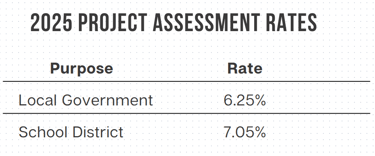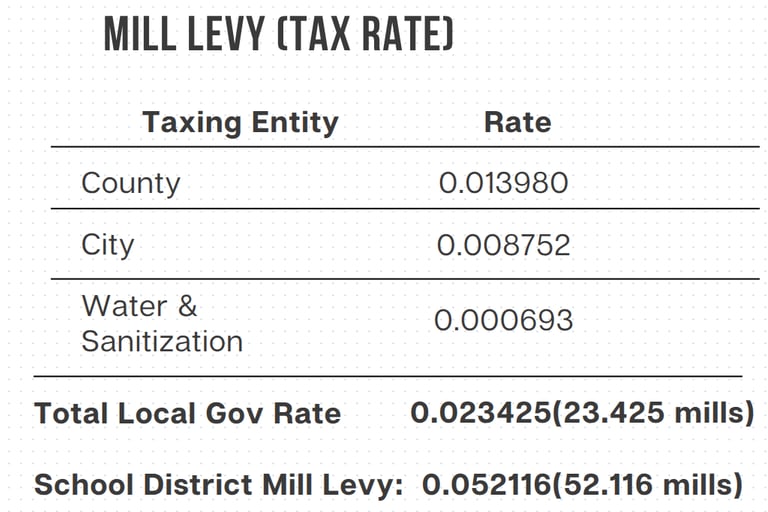Colorado Property Tax System: What Homeowners Need to Know for 2025
5/29/20253 min read


Property tax revenue supports public schools, county governments, special districts, municipal governments, and junior colleges. All of the revenue generated by property taxes stays within your county. Property taxes do not fund any state services.
The county assessor is responsible for discovering, listing, classifying, and valuing all property in the county in accordance with state laws. The assessor’s goal is to establish accurate values of all property located within the county, which in turn ensures that the tax burden is distributed fairly and equitably among all property owners.
Real property is revalued every odd-numbered year. Here's a breakdown of recent and upcoming revaluation years:
2023: Revaluation year (based on sales data from Jan 1, 2021 – Jun 30, 2022)
2025: Revaluation year (based on sales data from Jan 1, 2023 – Jun 30, 2024)
2027: Next scheduled revaluation
2029: Following revaluation year
Property tax calculations consist of several components:
Property Classification
Actual Value of the Property
Assessment Rate
Assessed Value
Tax Rate
Why Is Colorado Using Two Assessment Rates?
Beginning in 2025, Colorado is updating its property tax system for residential properties by implementing two separate assessment rates. This shift allows for more targeted and transparent taxation while continuing to support essential local services and education funding. Here's what this means for homeowners and how to understand your future tax bills.
Previously, a single assessment rate was used to calculate property taxes for all purposes. Starting in 2025, Colorado will apply two different assessment rates:
One for Local Government Services (such as counties, cities, fire departments, and sanitation)
One for School District Funding
This policy change allows local governments more flexibility without reducing necessary funding for public schools. It also brings clarity to how tax dollars are allocated.
The Property Tax Calculation Formula
Each year, your property tax is based on five components:
Property Classification
Actual (Market) Value
Assessment Rates
Assessed Values
Mill Levy (Tax Rate)
1. Property Classification
Your property is classified based on its actual use as of January 1 each year. This classification determines which assessment rates apply.
2. Actual Value of Your Property
Residential Properties: Valued using comparable home sales between January 1, 2023 and June 30, 2024.
Non-residential Properties: Valued using market, cost, and income approaches.
3. 2025 Projected Assessment Rates
4. Assessed Value Examples
For a home with a market value of $552,622:
Local Government: $552,622 × 0.0625 = $34,539
School District: $552,622 × 0.0705 = $38,967
5. Mill Levy (Tax Rate)
Tax rates are set by your local taxing authorities. These include your county, city, school district, and other special districts. Each one determines how much revenue they need and calculates a rate based on total assessed values.
Example Mill Levy Breakdown:
Complete Property Tax Calculation Example
Local Government Tax:
Assessed Value: $34,539
Tax Rate: 0.023425
Tax Due: $34,539 × 0.023425 = $808.92
School District Tax:
Assessed Value: $38,967
Tax Rate: 0.052116
Tax Due: $38,967 × 0.052116 = $2,029.78
Total Annual Property Tax:
$808.92 (Local) + $2,029.78 (School) = $2,838.70
Final Thoughts from TuLender
Understanding how your property tax is calculated helps you make better financial decisions—whether you're buying your first home, refinancing, or planning your future investments. At Tulender.com, we aim to make complex topics simple, especially for the Latino community we proudly serve.
If you're a Colorado homeowner or planning to become one, keep this guide handy for 2025. Have questions or need personalized advice? Contact our team today!




